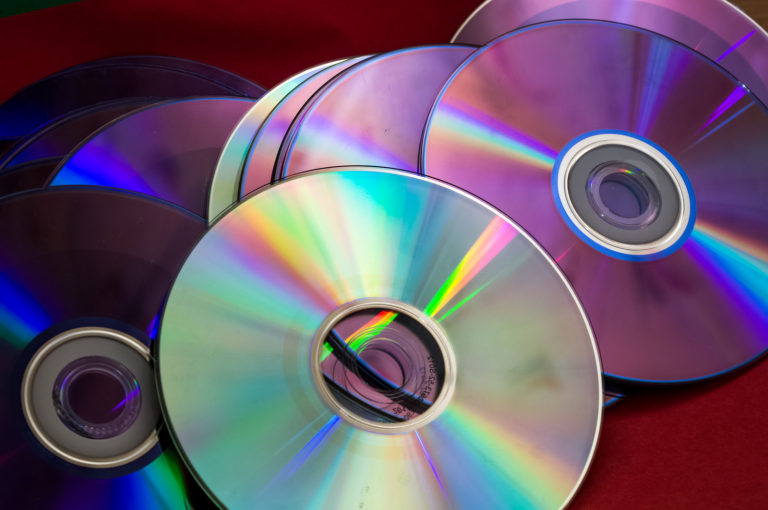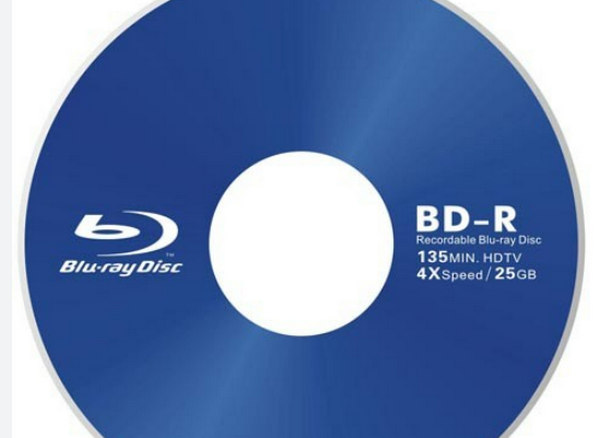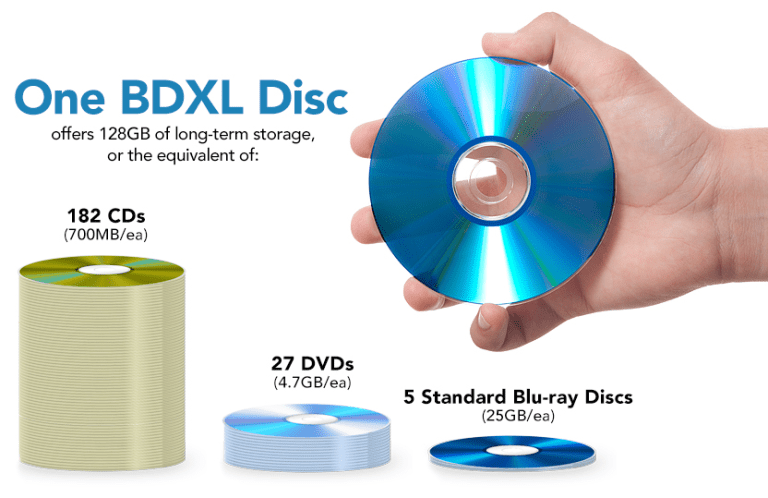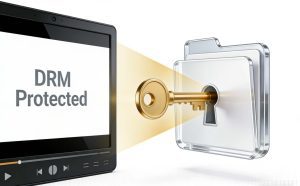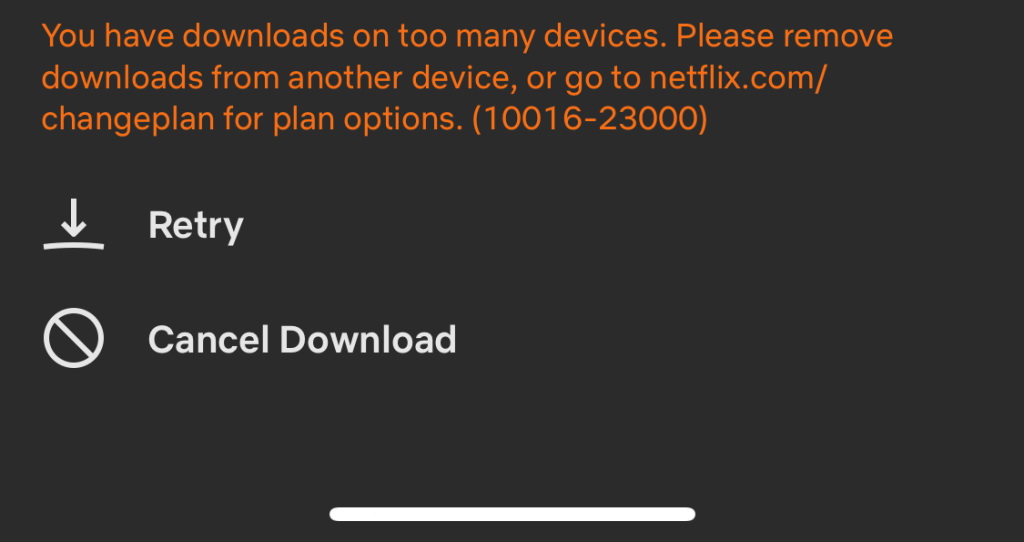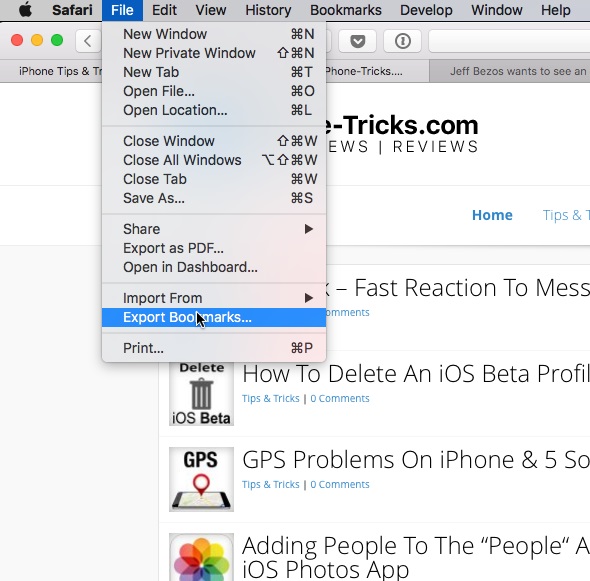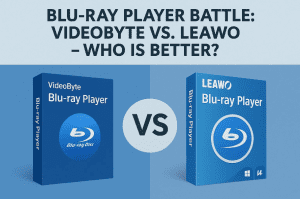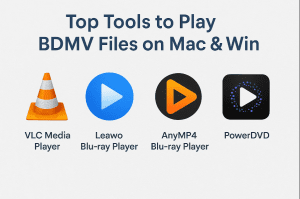Summary:
In this article, we are going to share the main types of Blu-ray discs and will help you understand which format is best suited for different tasks.
Blu-ray discs are a wonderful option for storing your favorite movies and games. Or you can use them to store large amounts of data. No matter if you’re working on a large video project, backing up your important files, or just watching a Hollywood movie, Blu-ray technology provides you number of disc options for all your needs. In this article, we will share the main types of Blu-ray discs and help you decide which one is right for your needs.
OutlineCLOSE
What Are the Different Types of Blu-ray Disc
Although all Blu-ray discs look the same, however, they come in different versions with unique purposes. Here are some main types of Blu-ray discs.
BD-R (Recordable)
BD-R (Blu-ray Disc Recordable) are blank discs. On these discs, you can write data once, and then that data becomes permanent. BD-R usually have two main types: BD-R 25GB, which is a single-layer and BD-R 50GB, which is a dual-layer. The dual-layer version is perfect for bonus material, storing large videos or higher-quality audio tracks because it has twice the space. On the other hand, for 4K Blu-ray movies, BD-R 50GB is the minimum standard used. You can use these discs for archiving data, creating copies of projects permanently or burning home videos.
BD-ROM (Read-Only Memory)
The second popular type is BD-ROM. BD-ROMs are the discs that you mostly find in movie stores or within the game cases. These discs are read-only, and you can not change factory data. A single-layer Blu-ray disc has a capacity of 25 GB. The Dual-layer Blu-ray discs have 50 GB of capacity. Unlike BD-Rs, you can’t record onto them. Also, you can only play them in a Blu-ray player, computer drive with a Blu-ray player software or console.
BD-RE (Rewritable)
BD-RE stands for Blu-ray Disc Rewritable. On these discs, you can erase and rewrite BD-RE discs many times. For exampl,e you can erase or rewrite up to hundreds of times without losing quality. These disks come in capacities such as 25GB, 50GB, and 100GB. Also, these disks can hold full 1080p HD video with audio formats. BD-RE discs are more expensive than BD-R discs. But this type is ideal for projects that require trial-and-error recordings, regular updates, or storing collections that can be changed later.
BDXL (Extra Large)
The next type we have is BDXL. BDXL Blu-ray discs can store up to 100 GB or 128 GB of data. The storage depends on the number of layers. Usually, the capacity of three-layer BDXL discs (BD-R/RE) is 100GB, while quad-layer discs are 128GB. With this much storage, you can readily manage massive 4K or 8K files, full system backups, and professional video archiving. Because of their high-end format, you will need a BDXL-compatible drive to read or write on these discs.
Mini Blu-ray Disc
A mini Blu-ray disc is simply a smaller version of the standard Blu-ray disc. Its typical size is 8 cm (3.1 inches) in diameter. Mini Blu-ray discs have single-layer capacities of 7.8GB. The dual-layer capacities of these discs are 15.6GB. You can find these discs commonly in camcorders or portable recorders. Although these discs can hold less than a full-size Blu-ray, but are a good option for portable recording
Ultra HD Blu-ray.
Ultra HD Blu-ray is a separate format built for 4K Ultra HD video. These discs offer 2160p resolution with High Dynamic Range (HDR). Also, it offers a greater bit rate (82–128 Mbps) for more vivid colour and greater detail. These discs are about 66GB to 100GB. To play these discs, you need a UHD Blu-ray player or a compatible computer drive, as standard players can’t read them. As we know, a simple DVD could handle 480p, standard Blu-ray can handle 1080p. However, an Ultra HD Blu-ray can handle 2160p, which is 16x more detailed than DVD.
Also Read: Play 4K Blu-ray on Computer | Does PS4 & PS4 Pro Play 4K Blu-ray
How to Pick the Right Type of Blu-ray Disc
Until now, we’ve covered the different types of Blu-ray discs and what makes each one special. Now, let’s figure out how you can pick the right one.
1. For Watching Movies or Playing Games
If your main goal is just entertainment, like if you want to watch movies or play games, then BD-ROM is the ideal format for you. These discs are factory-pressed discs and are loaded with content that you can not edit. These features make them perfect to deliver shows, movies and games in high quality without worrying about recording or rewriting.
| Choose |
BD-ROM |
|
Why |
Pre-recorded discs are used for Hollywood movies, TV box sets, and console games. |
|
Ideal for |
Watching movies, playing PlayStation or Xbox games, and enjoying TV series. |
|
Capacity |
25GB single-layer or 50GB dual-layer (for longer content and extras). |
|
Special Notes |
Content is factory-written, and you can not change it. |
|
Required Equipment |
Blu-ray player, Ultra HD Blu-ray player, or Blu-ray–compatible gaming console. |
2. For One-Time Data Recording
If you need a permanent copy of your work, BD-R is the one you should choose. You can write to it only once, and it remains just as you wrote it. It’s an ideal choice for important archives, creative projects, and personal keepsakes.
| Choose |
BD-R (Recordable) |
|
Why |
Great for archiving files, burning home movies, or creating a permanent copy. |
|
Ideal for |
Backups, personal video projects, business data archives. |
|
Capacity |
25GB (single-layer) or 50GB (dual-layer). |
|
Special Notes |
Dual-layer versions are ideal for large projects and 4K-ready content. |
|
Required Equipment |
Blu-ray burner (check if it supports dual-layer for 50GB discs). |
|
Tip |
Burn at a slower speed for maximum reliability when archiving. |
3. For 4K Ultra HD Playback
If you want crystal-clear visuals and theatre-like sound at home, Ultra HD Blu-ray is the ideal choice. It offers 4K resolution, HDR, and higher data rates for higher picture quality which is a huge advantage over standard Blu-ray.
| Choose |
Ultra HD Blu-ray |
|
Why |
Provides 4K HDR content with richer colours, sharper detail, and higher bitrate. |
|
Ideal for |
Home theatre setups, 4K TVs, projectors, and cinephiles who want top quality. |
|
Capacity |
33GB (single-layer), 66GB (dual-layer), 100GB (triple-layer). |
|
Special Notes |
It’s not compatible with standard Blu-ray players; often sold with a standard Blu-ray copy for compatibility. |
|
Required Equipment |
UHD Blu-ray player or UHD Blu-ray drive for PC, plus 4K playback software. |
4. For Reusable Storage
If your work involves frequent changes such as video editing, testing, or ongoing projects, then BD-RE is your option to go. These discs can be erased and rewritten up to a thousand times. For this reason, they are best for temporary or evolving data storage.
| Choose |
BD-RE (Rewritable) |
|
Why |
Perfect for temporary data storage, ongoing projects, and media testing. |
|
Ideal for |
Frequent edits, trial-and-error recordings, and reusing discs for new projects. |
|
Capacity |
25GB, 50GB, or 100GB versions. |
|
Special Notes |
More expensive than BD-R, but reusable up to ~1,000 times. |
|
Required Equipment |
Blu-ray burner that supports BD-RE formats. |
|
Tip |
Keep discs formatted for quick rewriting between projects. |
5. For High-Capacity Needs
There are times when your needs go beyond standard Blu-ray limits. For example, if you are looking for a professional film archive, 4K/8K footage, or full system backups. In that case, BDXL offers the space you need. These discs are built to manage bulk files while keeping your data secure for a long period.
| Choose |
BDXL (Extra Large) |
|
Why |
Massive storage for professional archiving, 4K/8K video, and large system backups. |
|
Ideal for |
Video production studios, data centres, and anyone needing huge capacity. |
|
Capacity |
100GB (triple-layer), 128GB (quad-layer), 200GB (special archival versions). |
|
Special Notes |
Requires BDXL-compatible drive/player; not readable by standard Blu-ray devices. |
|
Required Equipment |
BDXL-ready Blu-ray burner or player. |
|
Tip |
Great for consolidating multiple large files into one disc for easier management. |
Conclusion
Here is the end of our today’s article. We hope you now have a clearer understanding of all available Blu-ray disc types and which one you should choose for your specific requirements. Each Blu-ray disc is built for a unique function, such as watching blockbuster movies or storing vast amounts of data. Go ahead and choose one that is perfect for your daily needs.
